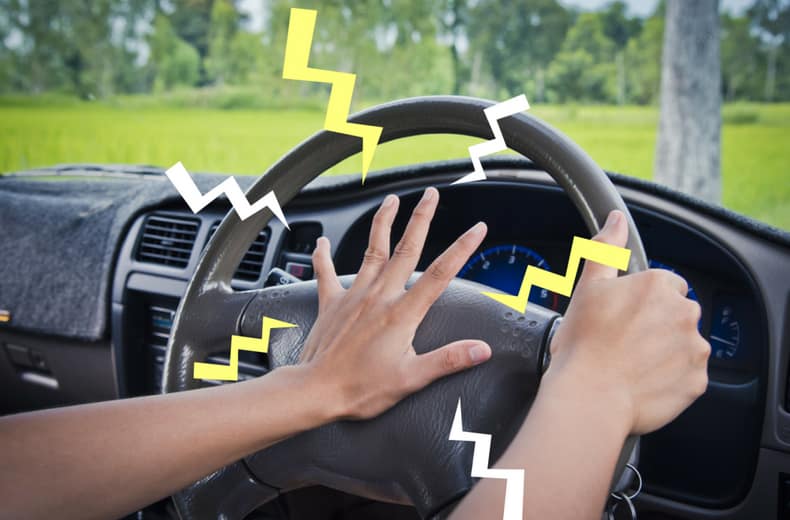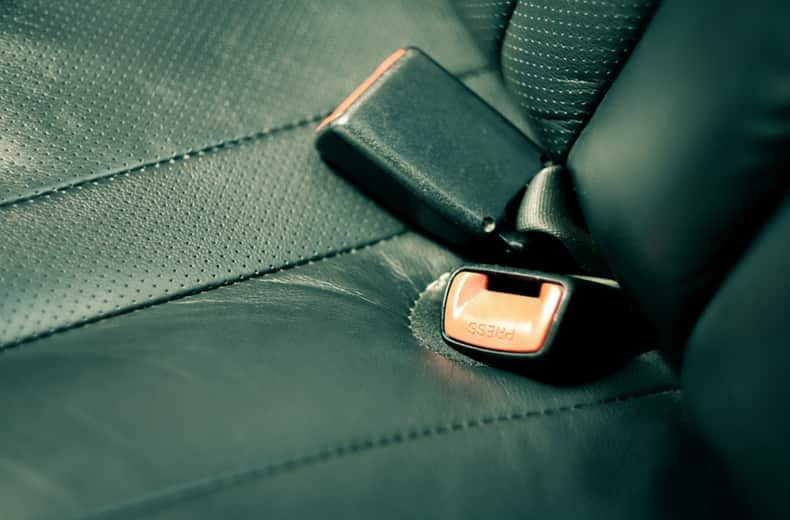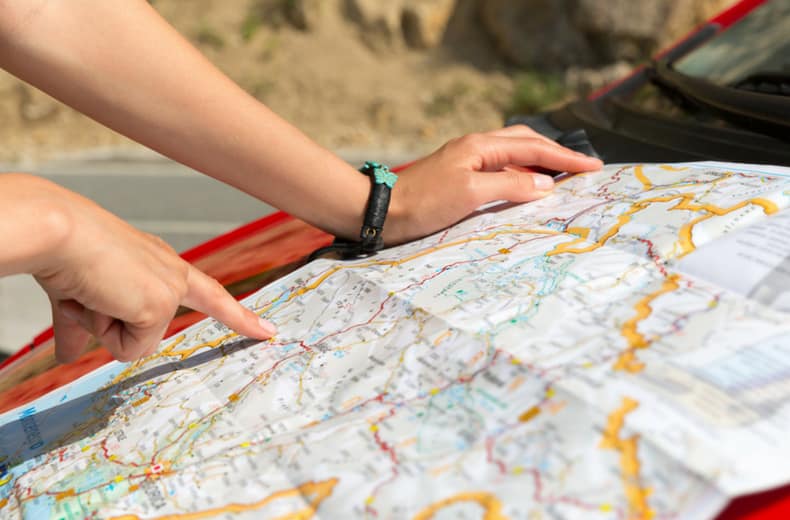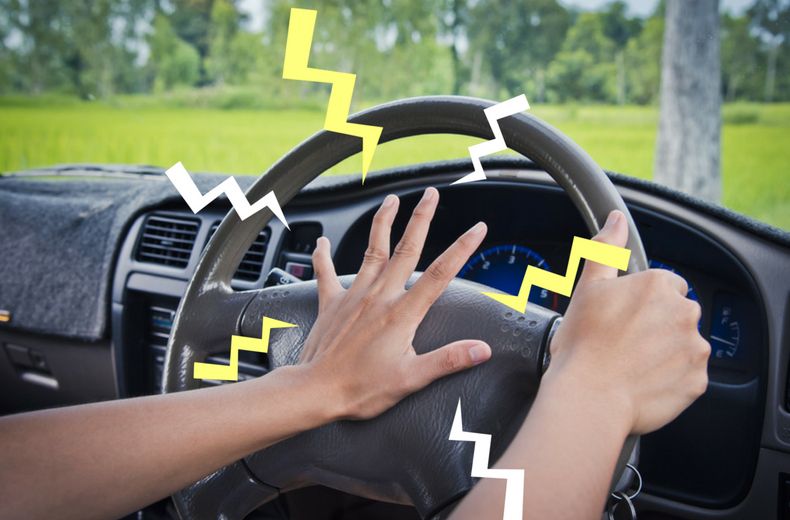Cars have been driving on UK roads for over 125 years, and understandably many aspects of motoring have changed in that time.
Not only have the cars and driving technology changed dramatically, the volume of traffic on the roads has also vastly increased. We went from a few hundred cars on the road in 1900 to over a million in 1930, and numbers have grown ever since.
The road network has also expanded and changed a great deal, too. Because of these changes the rules, behaviour and etiquette of drivers has had to adapt.
But older motorists will remember some traditional driving practices that are no longer widely used. We've rounded some of them up, and you can test your knowledge in this guide.
1. Sounding your horn to overtake

When the Highway Code was launched in 1931 as a rather flimsy 18-page guide, drivers were advised to beep their horn when overtaking. None of this mirror, signal, manoeuvre advice we have today.
It stated: “When you decide to overtake other traffic, sound your horn unless you are satisfied that such a precaution is unnecessary.”
Nowadays, it would be illegal to do such a thing unless you needed to alert other road users of your presence. Not that it stops some motorists from beeping their horn in anger if another driver cuts them up, though.
If you’ve read your Highway Code lately, you’ll also know that you shouldn’t sound your horn in a built-up area between the hours of 11.30pm and 7am.
2. Using arm signals to indicate actions

Before the days of indicators and brake lights, drivers had to signal to turn by waving their arm out of the window of their car.
To show they were turning left, they’d extend their right arm and rotate it anti-clockwise. To show they were slowing down or stopping, they’d extend their right arm with ‘the palm of the hand turned downwards’, followed by the moving up and down of the arm ‘slowly’, keeping the ‘wrist loose’.
Technology has made such manoeuvres long redundant, but you can still use them if a bulb blows or you suffer an electrical failure.
It wasn’t until 1975 that candidates taking their driving test no longer had to demonstrate hand signals.
3. Driving without a seatbelt

There was a (surprisingly recent) time when we used to routinely ride around in cars without wearing a seatbelt. This would be unthinkable these days – although a few people still try their luck and illegally take the risk.
Even though seatbelts have been fitted to the front seats of all new vehicles since the 1960s, it didn’t become a legal requirement to actually wear one in the front until 1983.
In the back of the car, rear selt belts became compulsory for children under 14 in 1989, before extending to adults riding in the back two years later, in 1991.
The slogan ‘Clunk Click Every Trip’ was famously used to urge people to belt up, while subsequent campaigns have included ‘Julie’ and ‘Three Strikes’.
If you’re caught not wearing a seatbelt you could face an on-the-spot fine of £100. If prosecuted, the maximum penalty is £500.
4. Pulling the choke to start your car in cold weather

Remember the days when your car wouldn’t start in winter and you had to pull out the choke? Sometimes it needed several goes to get it started.
In case you are too young to remember, a choke works by increasing the amount of petrol in the fuel/air mixture from the carburettor (a non-electric fuel injection device). In other words, it chokes the flow of air.
Once the air reaches the optimal temperature, the choke can be deactivated and the engine started as normal.
Pretty much every car made in the last few decades has a fuel injection system alongside computerised monitoring of the fuel/air mix, so they don’t need a choke. Where’s the fun in that?
5. Using the 10-to-2 steering position

When you learnt to drive, you were always taught to position your hands on the steering wheel in a 10-to-2 clock face position, right? But the advice has changed now. Learner drivers are encouraged to place their hands at quarter-to-3, or 2.45.
Why? As well as helping you to keep a tight grip on the wheel if you start to lose control of the car, it also prevents you getting badly injured from the force of the airbag if it goes off in a collision.
So if you’re still driving at 10-to-2 in a modern car, you need to get with the programme and adjust your steering clock. The 2.45 position may even make you feel more comfortable too, once you get used to it.
6. Using paper maps to get from A to B

Sadly, good old-fashioned map-reading skills are a dying art. We have technology to do that for us now.
While some people still swear by using their trusty paper map to point them in the right direction, most of us now use a sat-nav.
As well as directing you, sat-navs can also warn you about speed cameras, reroute you around traffic and even find the right charging stop for electric or hybrid cars. A paper map can’t do that… but at least it doesn’t have an irritating voice that keeps saying ‘recalculating’.
The rise of artificial intelligence has made driving a whole lot easier and safer. Parking sensors and cameras mean we can squeeze into the tightest of spots without hitting anything, while autonomous emergency braking is helping to reduce the number of accidents.
But as more and more things are done for us, we’re possibly becoming a lot less skilful too…

Cheaper than AA or we’ll beat by 20%^
• Roadside cover from £5.49 a month*
• We get to most breakdowns in 60 mins or less
• Our patrols fix 4/5 breakdowns on the spot











